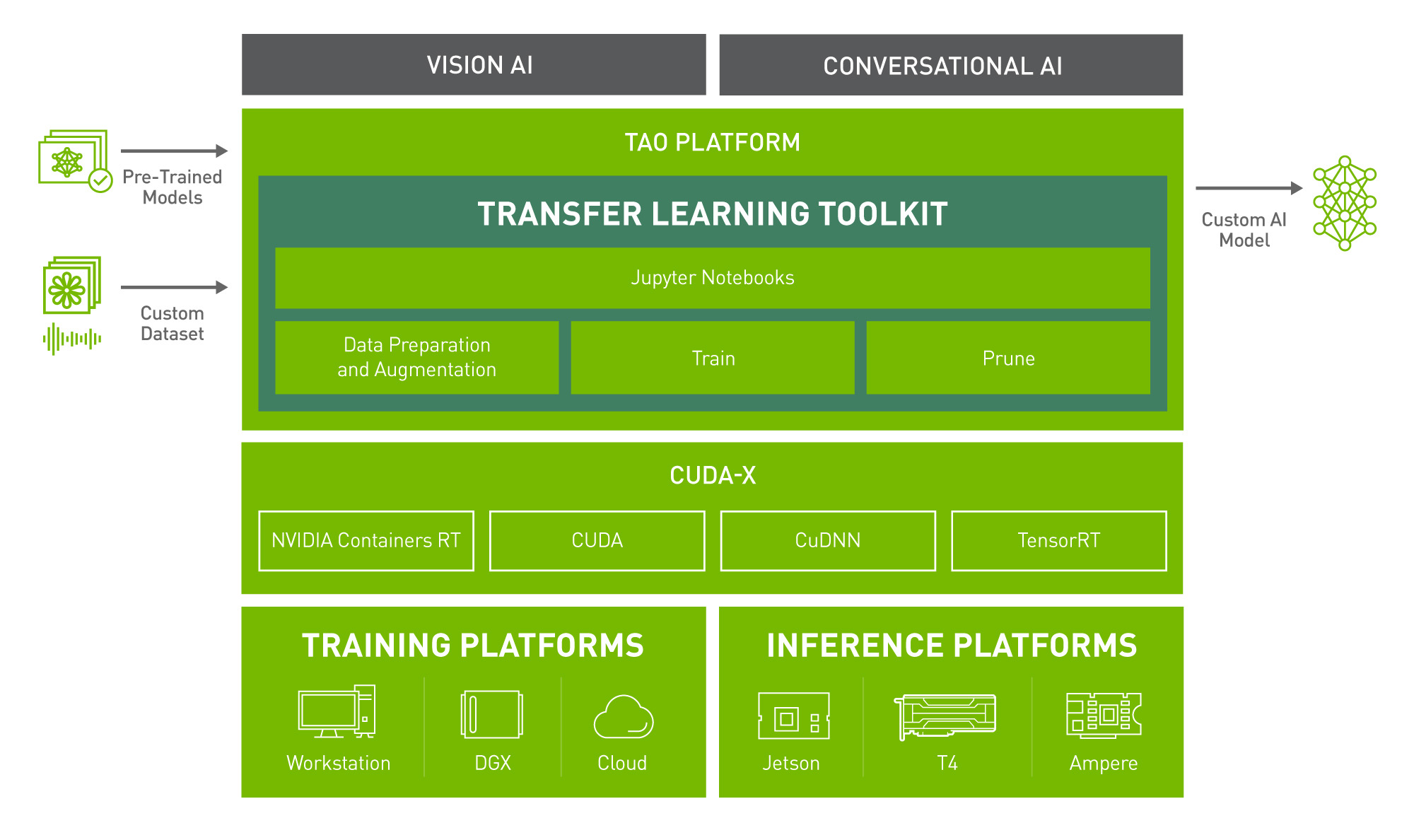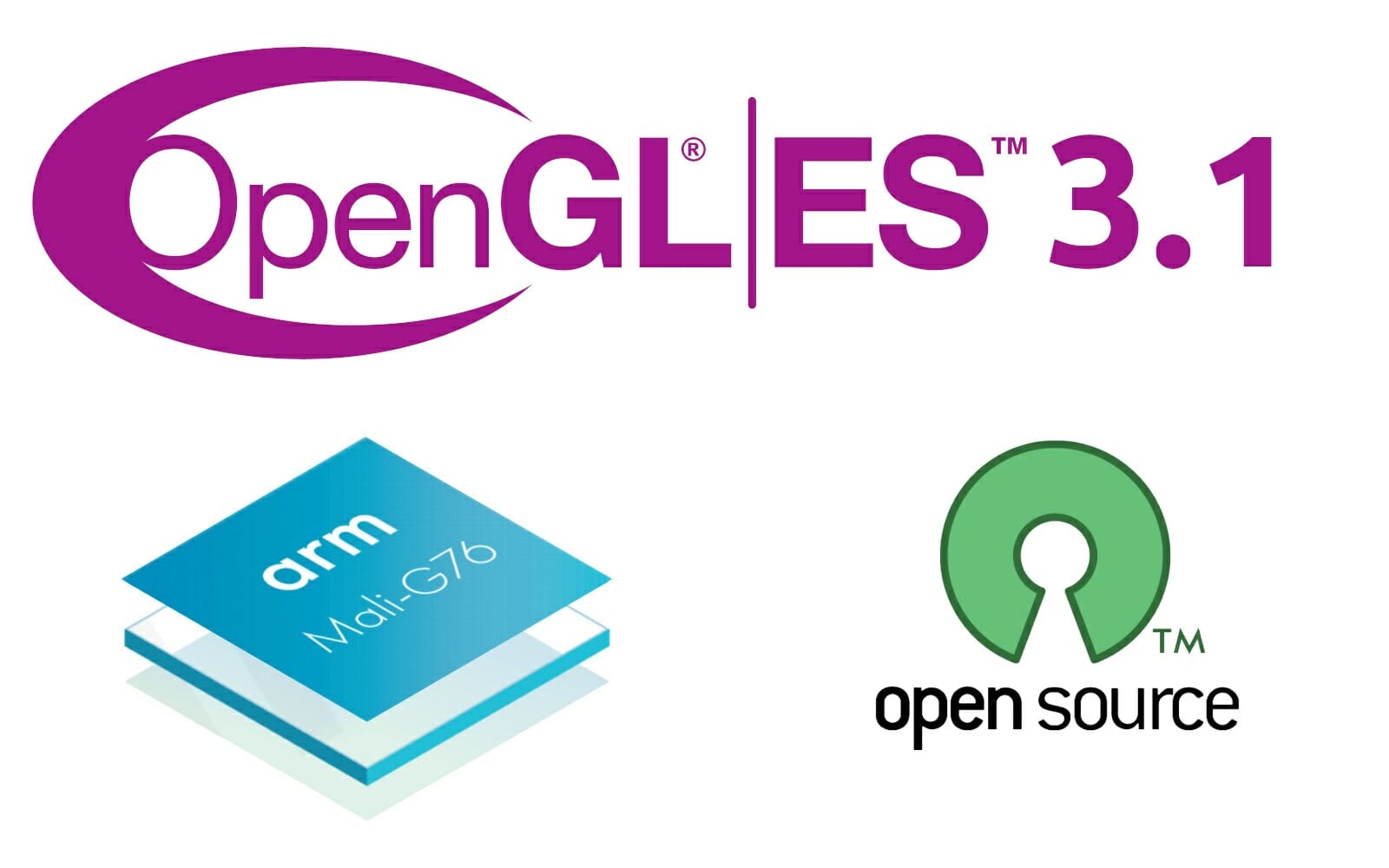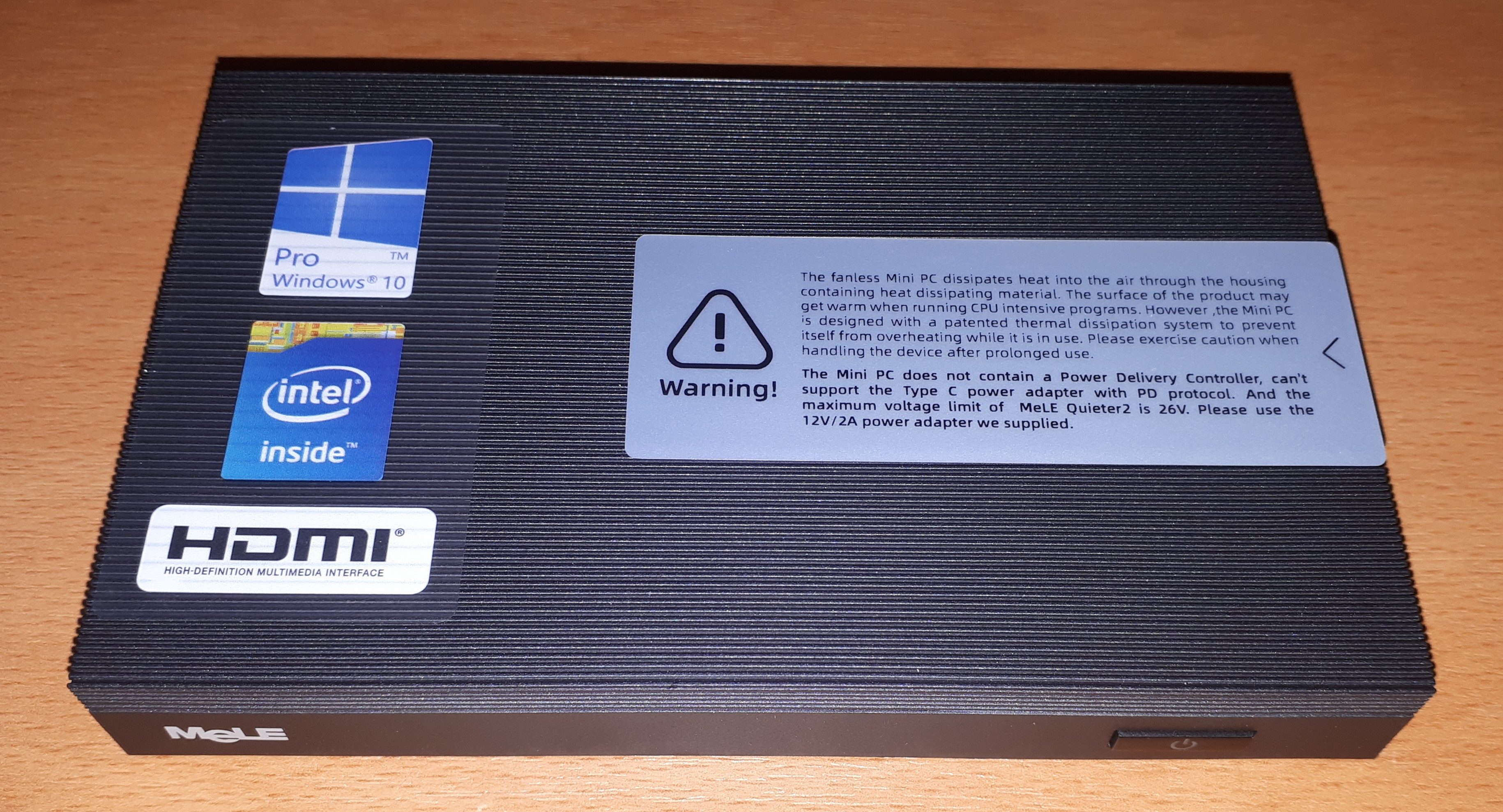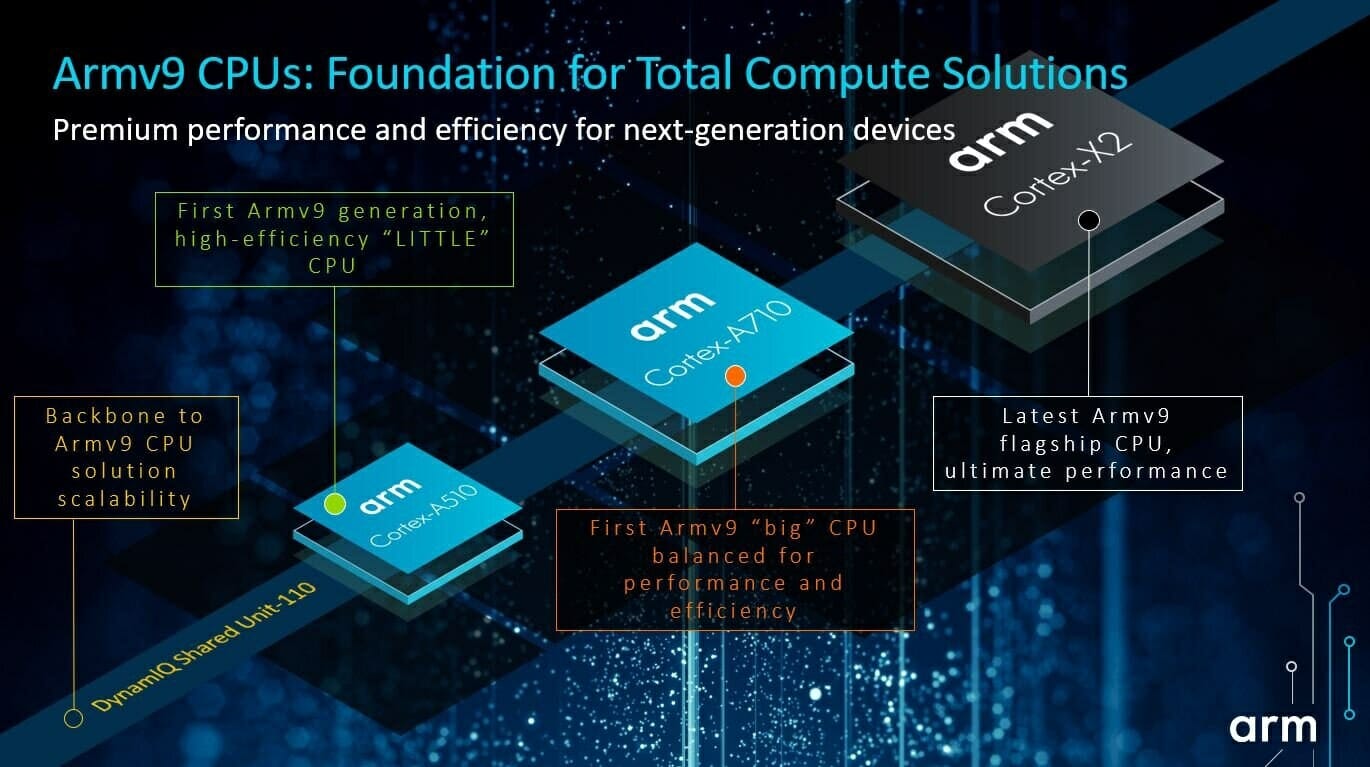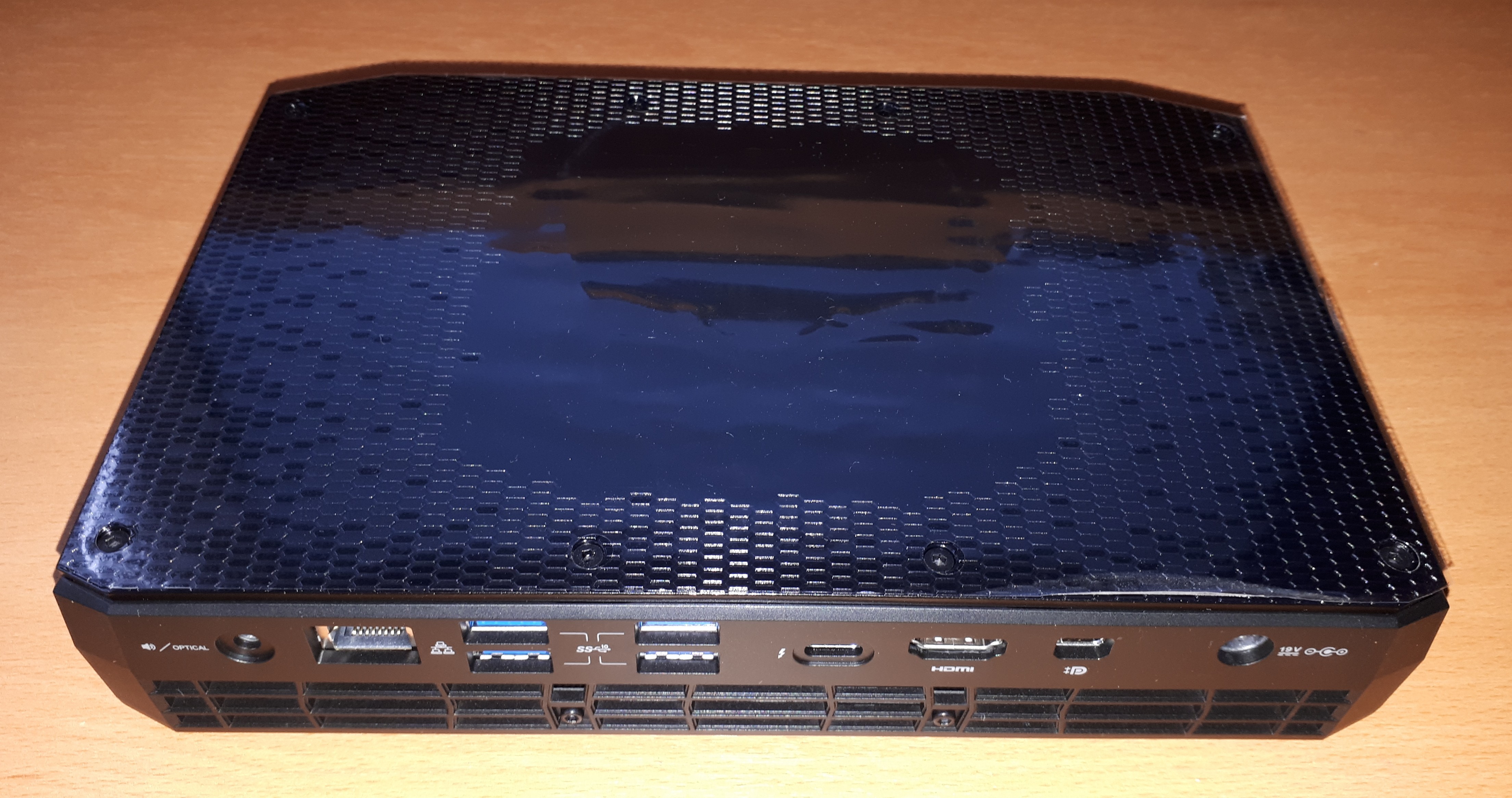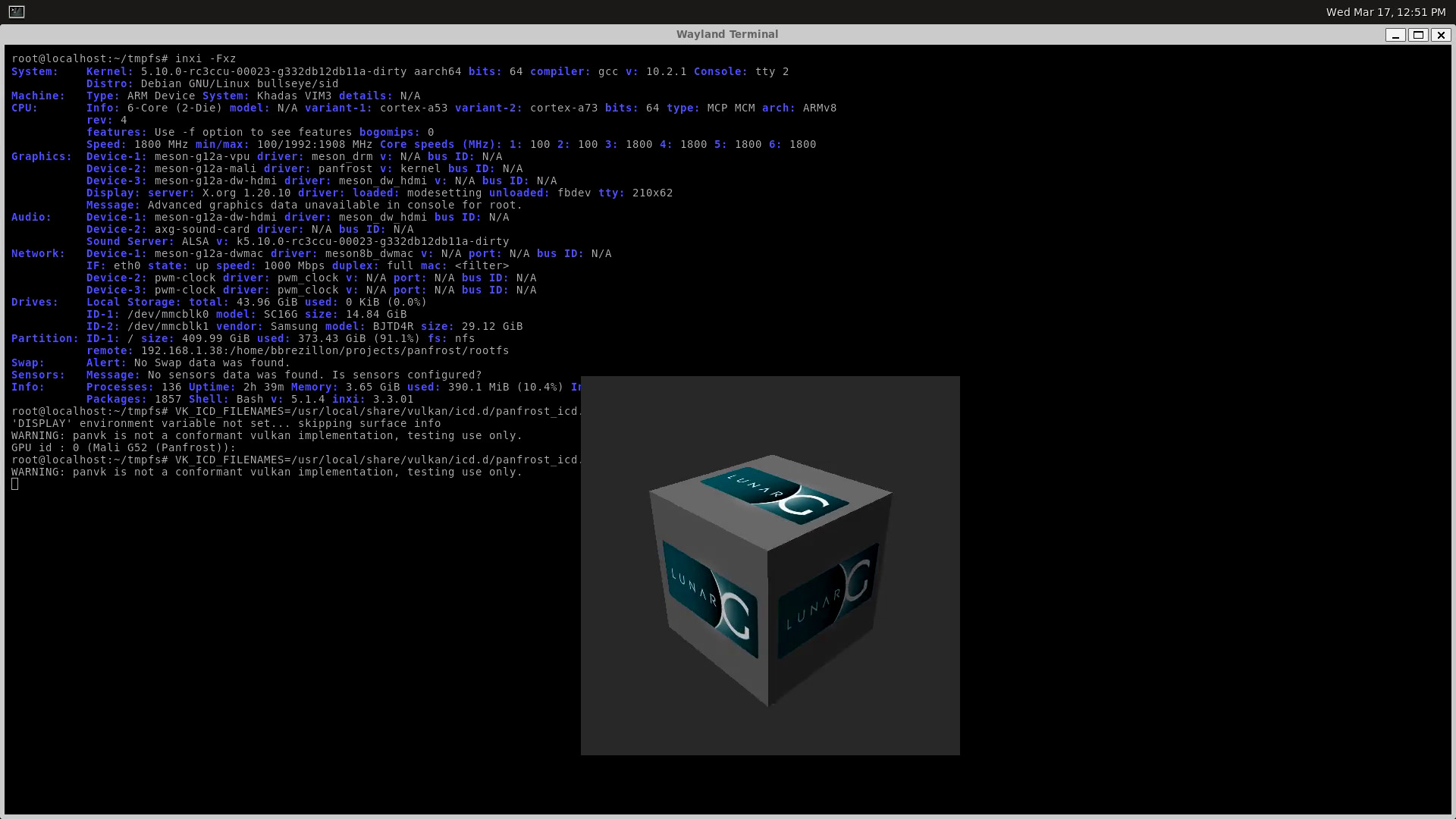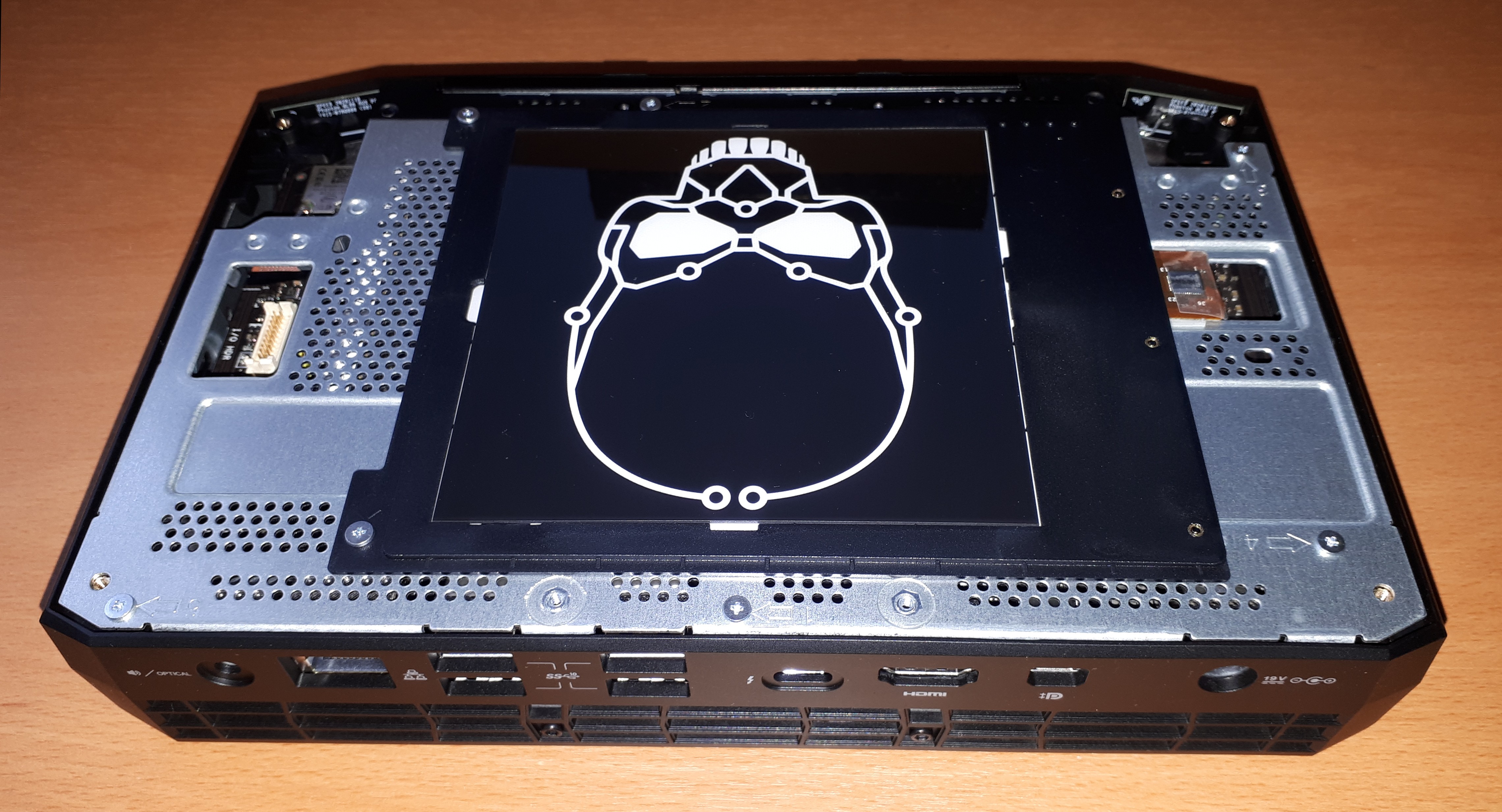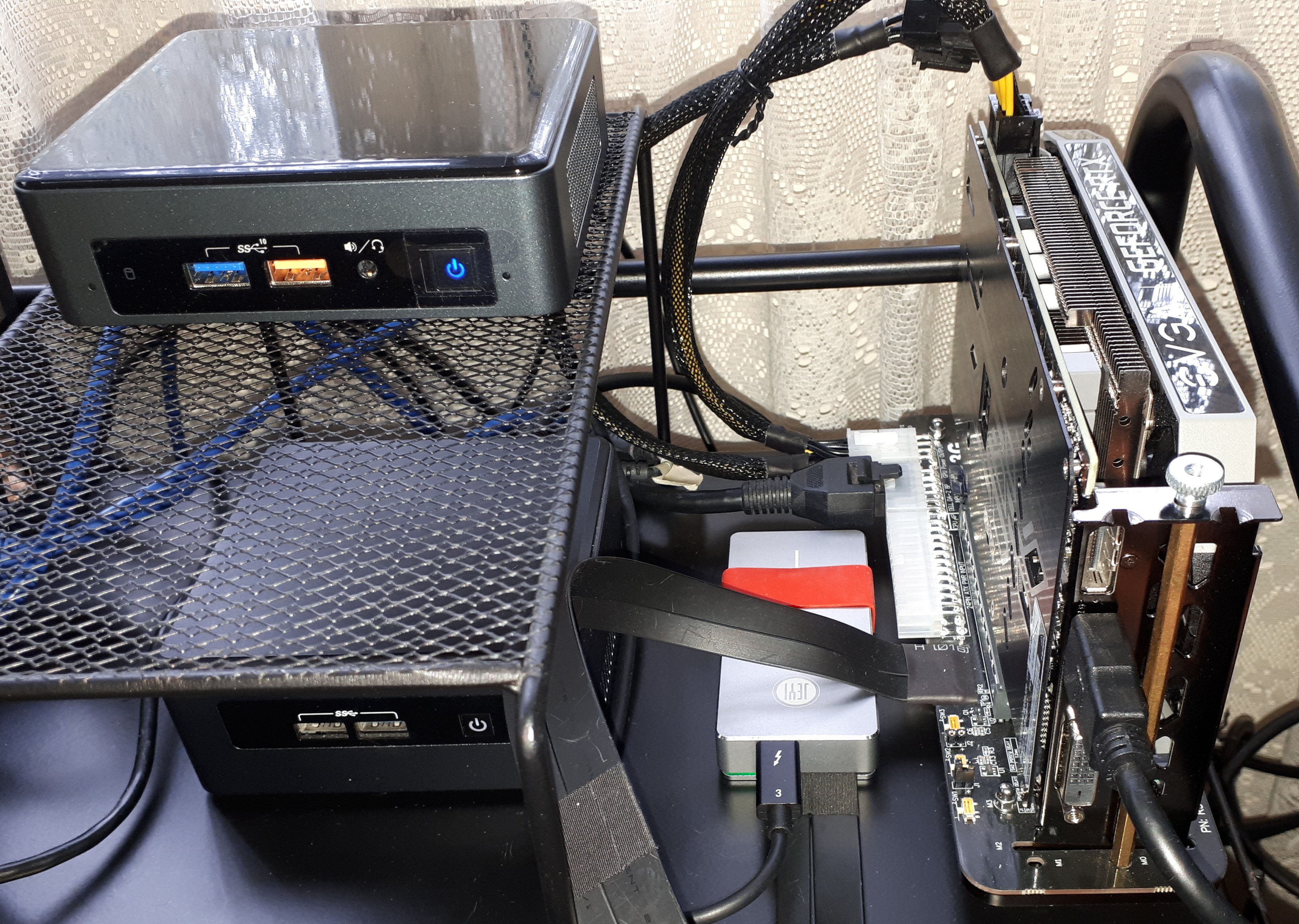NVIDIA first introduced the TAO (Train, Adapt and Optimize) framework to eases AI model training on NVIDIA GPU’s as well as NVIDIA Jetson embedded platforms last April during GTC 2021. The company has now announced the release of the third version of the TAO Transfer Learning Toolkit (TLT 3.0) together with some new pre-trained models at CVPR 2021 (2021 Conference on Computer Vision and Pattern Recognition). The newly released pre-trained models are applicable to computer vision and conversational AI, and NVIDIA claims the release provides a set of powerful productivity features that boost AI development by up to 10 times. Highlights of TAO Transfer Learning Toolkit 3.0 Various computer vision pre-trained models for Computer vision: Body Pose estimation model that supports real-time inference on edge with 9x faster inference performance than the OpenPose model. Emotion recognition Facial landmark License plate detection and recognition Heart rate estimation Gesture recognition Gaze estimation […]
Panfrost now supports OpenGL ES 3.1 on Midgard (Mali T760 and newer) and Bifrost (Mali G31, G52, G76) GPUs
OpenGL ES 3.0 experimental support for Panfrost open-source Arm Mali GPU driver was announced in February 2020 and culminate with the release of Mesa 20.3 with Panfrost support last December. Collabora has now started to work on Panvk, Panfrost Vulkan driver, but that does not mean OpenGL ES work is done, and the company has just published a blog post about OpenGL ES 3.1 support in Panfrost. Alyssa Rosenzweig explains OpenGL ES 3.1 extends to both the older Midgard GPUs that include Mali T760 and newer version, and the more recent Bifrost GPUs with Mali-G31, Mali-G52 and Mali-G76. Compared to OpenGL ES 3.0, OpenGL ES 3.1 adds compute shaders, indirect draws, and no-attachment framebuffers. Boris Brezillon, Italo, Nicola, Alyssa, and the wider Mesa community especially focused on Mali-G52 GPU, found for instance in Amlogic A311D and Rockchip RK3566, with Panfrost driver passing essentially all of drawElements Quality Program and Khronos […]
MeLE Quieter2 Review – Windows 10, Ubuntu 20.04, and eGPU
MeLE has recently released a passive mini PC called the Quieter2. What is particularly interesting is that whilst it only has a low-powered Intel Celeron CPU it also supports an M.2 2280 NVMe SSD drive which theoretically makes using an eGPU possible. MeLE provided a 99% discount coupon so that I could purchase one for review and the results from various testing are detailed below. Hardware Overview The Quieter2 physically consists of a 131 x 81 x 18.3mm (5.16 x 3.19 x 0.72 inches) rectangular plastic case with a metal base plate. The top half of the case is finely grooved to mimic the fins of a heat spreader but is made of plastic rather than metal to allow reception to the WiFi antennas as one is directly connected to it. As a passively cooled mini PC, it uses Intel’s 14 nm J4125 Gemini Lake Refresh processor which is a […]
First Armv9 cores unveiled – Cortex-A510, Cortex-A710, Cortex-X2
Armv9 architecture was announced in Q1 2021, building upon Armv8 but adding blocks and instructions for artificial intelligence, security, and “specialized compute”, i.e. hardware accelerators or instructions optimized for specific tasks. The company has now introduced the first three Armv9 cores with Cortex-X2, Cortex-A710, and Cortex-A510 cores, providing updates to respectively Cortex-X1, Cortex-A78, and Cortex-A55 cores. The company calls those new cores “Arm Total Compute solutions”. Arm Cortex-X2 flagship core is the company’s most powerful CPU so far with 30% performance improvements over Cortex-X1 and will be found in premium smartphones and laptops. Arm Cortex-A710 “big” CPU core provides a 30% energy efficiency gain and 10% uplift in performance compared to Cortex-A78, while Arm Cortex-A510, high efficiency “LITTLE” Armv9 core delivers up to 35% performance improvements and over 3x uplift in ML performance compared to Cortex-A55 announced four years ago, or about the same performance as the “big” Cortex-A73 cores […]
Linux and Memory Performance on an Intel NUC 11 Enthusiast Phantom Canyon NUC11PHKi7C
I’ve already looked at Windows performance on the NUC11PHKi7C Enthusiast Phantom Canyon which is Intel’s latest NUC 11 flagship product specifically targeting gamers as it includes an NVIDIA RTX 2060 GPU. Now it is the turn of Linux and like before I will compare performance against Intel’s previous NUC with a discrete GPU: the NUC 9 Extreme Ghost Canyon. I will also briefly revisit Windows performance by looking at the impact of using 3200MHz memory as opposed to the 2400MHz used during the previous review. Hardware Overview As a reminder, the NUC11PHKi7C physically consists of a 221 x 142 x 42 mm (8.70 x 5.59 x 1.65 inches) rectangular plastic case. It is an actively cooled mini PC and uses Intel’s 10 nm Core i7-1165G7 Tiger Lake processor which is a quad-core 8-thread 2.80 GHz processor boosting to 4.70 GHz with Intel’s Iris Xe Graphics and the NUC also includes […]
PanVk – Panfrost gets a Vulkan driver
We’ve followed with interest the progress of the Panfrost open-source driver for Arm Mali Midgard and Bifrost GPUs which has gotten more traction over time with official support from Arm and is getting closer to OpenGL ES 3.0 compliance with work on OpenGL ES 3.1 on the way. But Collabora has now started working on PanVk driver for the more recent Vulkan graphics API, as part of the Panfrost project. This is very early stage, but the 3D cube demo above appears to be rendered with Panfrost’s PanVk Vulkan driver on Wayland in a Khadas VIM3 board based on Amlogic A311D hexa-core Cortex-A73/A53 processor with a Mali-G52 GPU. As noted in the announcement, getting a useful Vulkan driver will take time as : The driver lacks almost all core features that would make it usable for real-world applications Optimizations are left on the side for now The code base is […]
Windows Performance on an Intel NUC 11 Enthusiast Phantom Canyon NUC11PHKi7C
The Enthusiast Phantom Canyon is Intel’s flagship product from its latest NUC 11 range of mini PCs. Specifically targeting gamers it includes an NVIDIA RTX 2060 GPU. In this article, I take a brief look at the performance under Windows and compare it against Intel’s previous NUC with a discrete GPU: the NUC 9 Extreme Ghost Canyon. Hardware Overview The NUC11PHKi7C physically consists of a 221 x 142 x 42 mm (8.70 x 5.59 x 1.65 inches) rectangular plastic case which is remarkable because of its size and is similar to just a graphics card like NVIDIA’s GeForce RTX 2060 Founders Edition (229 x 113 x 35 mm). It is an actively cooled mini PC and uses Intel’s 10 nm Core i7-1165G7 Tiger Lake processor which is a quad-core 8-thread 2.80 GHz processor boosting to 4.70 GHz with Intel’s Iris Xe Graphics. But it also includes NVIDIA’s N18E-G1-B notebook graphics […]
Using an eGPU with a mini PC
Mini PCs have grown in popularity in part due to their small form-factor offering low-powered basic computing with sufficient ports for connectivity. As such they are useful both in commercial settings such as digital signage as well as with consumers needing a small-footprint or VESA-mounted low-cost computer. However, one drawback is their limited graphical performance due to using CPUs with integrated graphics which results in the options for playing games being somewhat restricted and ‘AAA’ titles typically being unplayable. Lower-priced laptops often share the same drawback and one of the ways that users have addressed their graphical need is by utilizing an external GPU (eGPU) however the commercially available ones are both expensive and require connecting via a Thunderbolt 3 port. Unfortunately, not many Chinese-made mini PCs currently include a Thunderbolt 3 port however now that they have started to include M.2 NVMe ports this has created the possibility of […]


